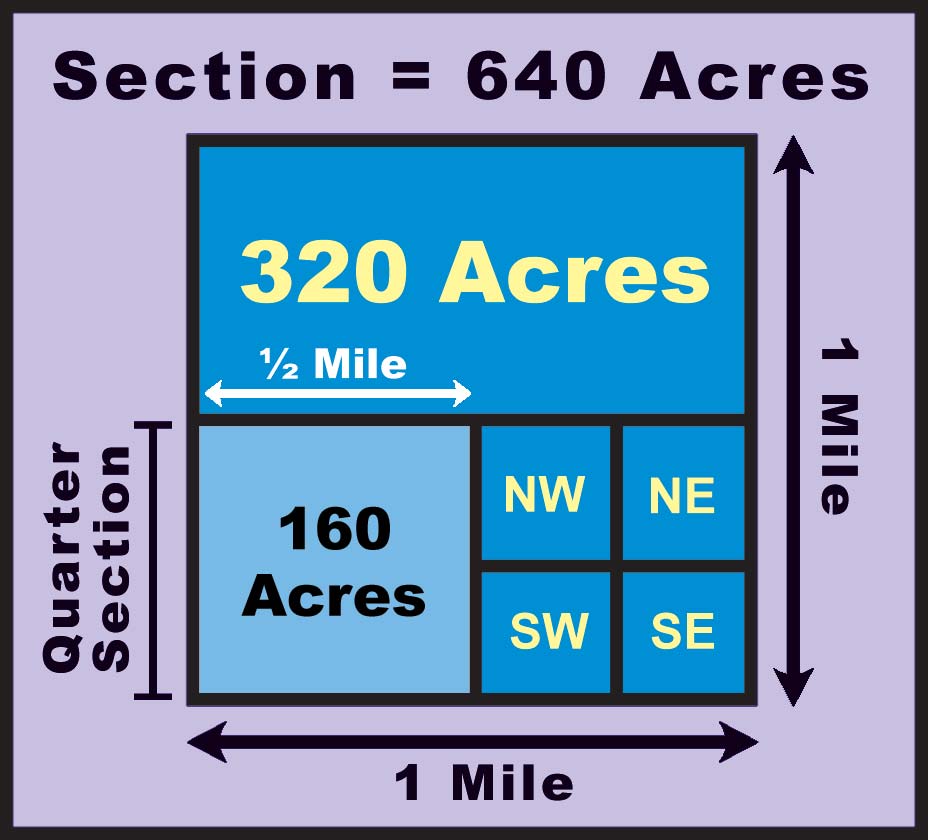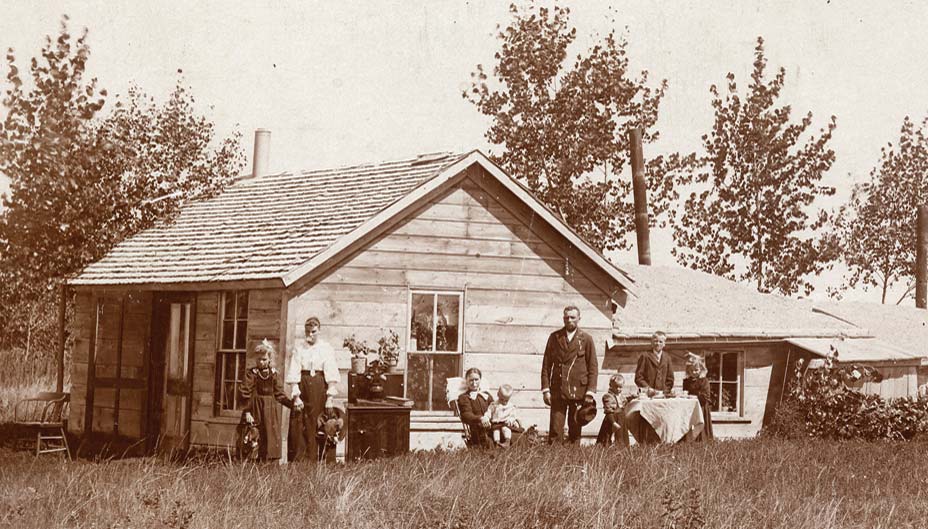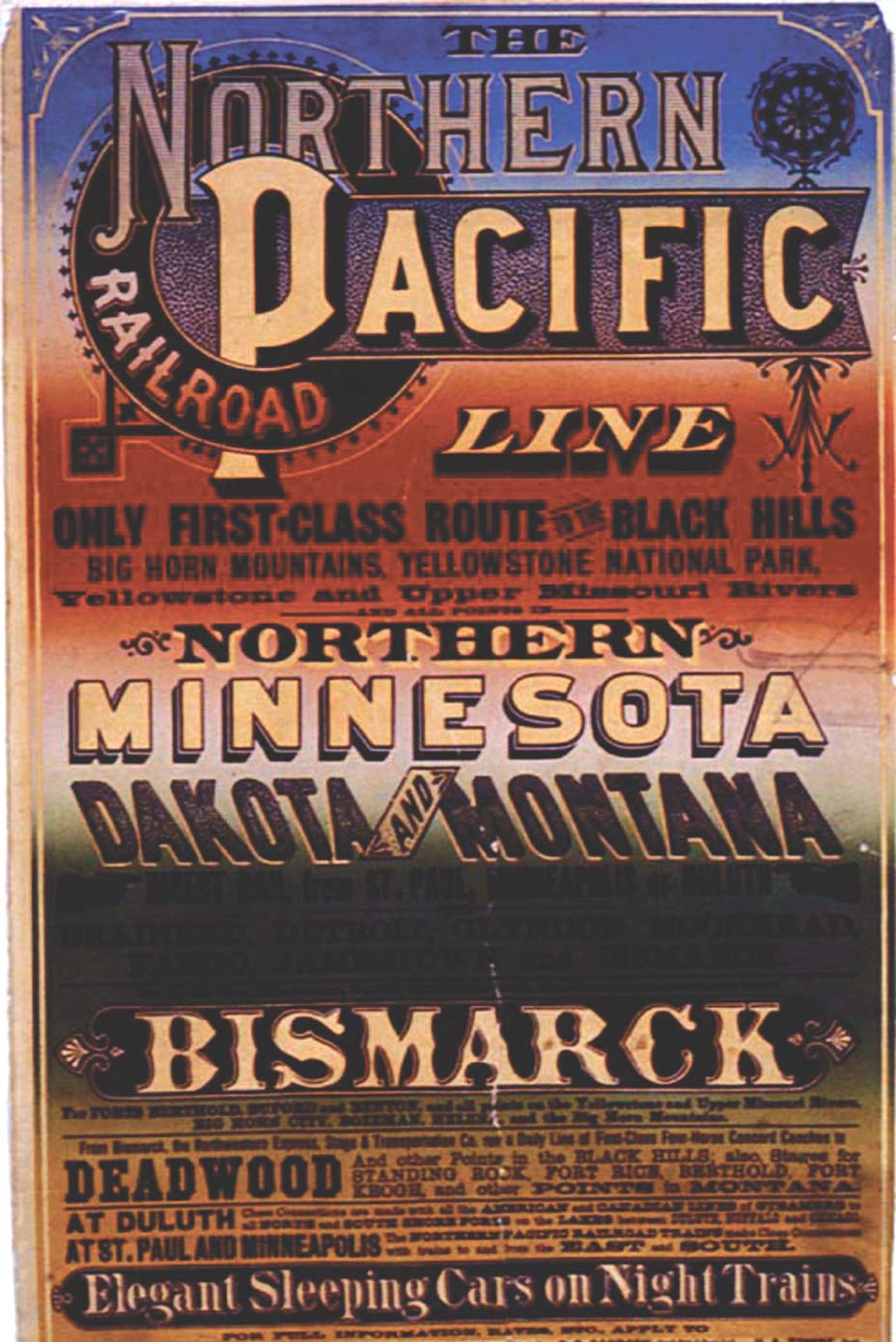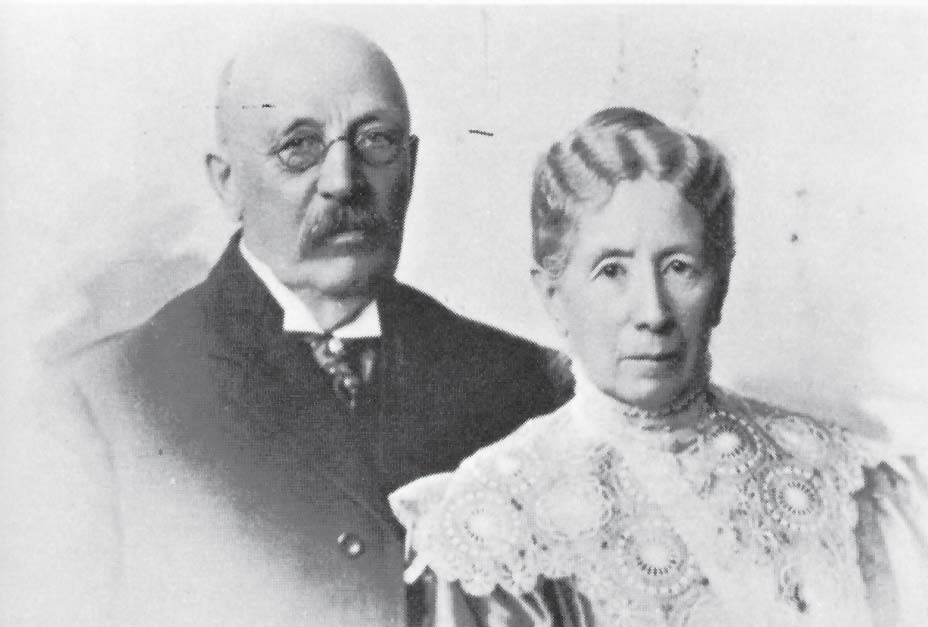President Abraham Lincoln signed the Homestead Act, which took effect on January 1, 1863. The Homestead Act offered a quarter section of land free to anyone who could meet certain conditions.

Figure 27. A section of land is one square mile and equals 640 acres. (SHSND-ND Studies)
A section• Square of land measuring one mile on each side
• One square mile
• 640 acres is a square of land measuring one mile on each side, or one square mile. It is equal to 640 acres. A quarter section is ¼ of a section, or 160 acres (640 acres ÷ 4 = 160 acres). A quarter section• ¼ of a section of land
• 160 acres
• Measures ½ mile on each side is a square that measures ½ mile on each side (1 mile ÷ 2 = ½ mile).
A person applying for a homestead claim had to be at least 21 years of age or the head of a family; be a U.S. citizen or promise to become a U.S. citizen; cultivate, or raise crops, on part of the land; build a home; have access to water; and live on the homestead for five years.
At the end of the five-year period, the homesteader would be given the deed (proof of ownership) to the land. Following the requirements of homesteading and receiving the deed to the land was called "proving up."Meeting all the requirements of homesteading and receiving the deed to the land If a homesteader did not carry out the terms of the agreement, the land went back to the government. Another homesteader could then file a claim on that land. Many people who led homestead claims did not prove up and ended up leaving North Dakota.
The U.S. government also offered a couple of other methods for obtaining land. One was the Timber Culture Act,• Tree claim
• 160 acres of free land given to a person who agreed to plant trees on 10 acres or “tree claim.” A person could get 160 acres of land if he or she planted 10 of the acres with trees and kept them alive for at least eight years. A person was allowed to file for both a homestead and a tree claim and would receive 320 acres (160 acres × 2 = 320 acres) if he or she could “prove up” both.
Another way of obtaining government land was by the Pre-emption Act.Squatters could buy the land on which they were living According to the Pre-emption Act, squatters could file papers stating they intended to buy the land on which they were living. The price was set by the government, and the settlers had to pay it within 18 months.
The first person to file (apply) for a homestead in northern Dakota was Joseph (Jolly Joe) Rolette. In 1868, he filed a claim at the mouth of the Pembina River, where Alexander Henry had built Fort Pembina 67 years earlier. By the end of 1870, only 28 homestead claims had been filed in northern Dakota. All of them were in the Pembina area.

Figure 28. North Dakota pioneer family and home, Cooperstown, North Dakota, 1890. (Institute for Regional Studies, NDSU, Mss 0296.160.30)
Settlement of the Red River Valley in northern Dakota by Euro-Americans began to increase after 1871. The stagecoach stations that were set up along the route to Pembina became centers for small settlements. When the railroads entered northern Dakota, more towns sprang up.

Figure 29. Advertisement for the Northern Pacific Railroad. (SHSND 20781)
The Northern Pacific Railroad reached the Red River at Moorhead, Minnesota, in 1871. A townsite was established on the Dakota side of the river called “Centralia.” Northern Pacific officials did not like that name and demanded that the town be named after a railroad director, William G. Fargo. In 1872, the U.S. Post Office changed the post office name from “Centralia” to “Fargo.”
As the Northern Pacific advanced westward in 1872 and 1873, settlements began at Worthington on the Sheyenne River, Jamestown on the James River, and Bismarck on the Missouri River. In 1881, the name “Worthington” was changed to “Valley City.”

Figure 30. James and Hellen Power. (Institute for Regional Studies, NDSU)
The Northern Pacific Railroad had millions of acres of land to sell in northern Dakota. James Power, the land agent for the Northern Pacific, wanted permanent settlers to buy the land so that the railroad would get more business. Settlers would use trains to haul in supplies and equipment, ship their goods to market, and travel from place to place.
In order to lure settlers to northern Dakota, James Power had a plan. Minneapolis, Minnesota, had become the leading flour-milling center of the United States. The Minneapolis flour mills needed wheat, and the railroads needed business. Power suggested to George Cass, president of Northern Pacific Railroad, that he should start a large farm and raise wheat. This would prove that farmers in Dakota could make money raising wheat, and settlers would move into the area.


